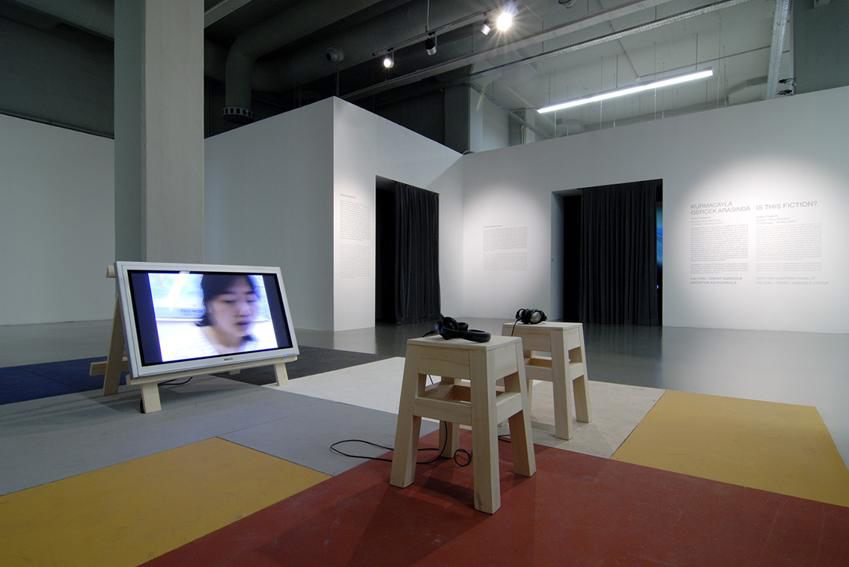- Open Today: 10.00–18.00
- Ticket
- Shop
- Membership
- TR EN
Is This Fiction?
The video program "IS THIS FICTION?" was presented simultaneously with the photography exhibition “Turkey by Magnum Photos”. The selected video works by Simone Aaberg Kaern (Denmark), Narda Alvarado (Bolivia), Esra Ersen (Turkey) and Johan Grimonprez (Belgium) proposed a reflection on how we understand and deal with social realities when trying to document them.
Some might think that documenting reality is a way of not intervening in it but today we are far from believing that there is such thing as objectivity in the transmission of information. We all determine our own ways of reading and understanding reality. What, then is a document? Can art possibly represent certainty? Is truth purely a matter of context? Is reality just a matter of observation or is observation itself producing reality? The selected artists and projects raised these and other relevant questions about the purpose and status of photographic and video images and put into question our common acceptance of them as factual proof.
"IS THIS FICTION?" aimed to test our faith in photographic and documentary images as valid impressions of reality; presented an opportunity to think about the ground on which different "histories" are built, and reflected on how the authors transform reality and our perceptions of it.
Curator: Rosa Martinez
